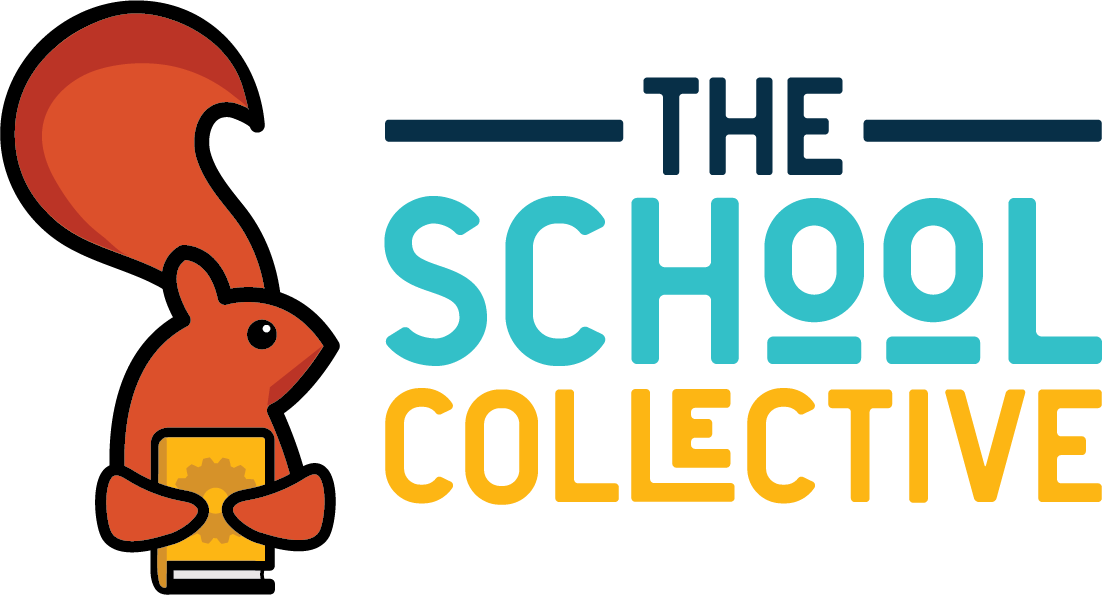Assistive technology (AT) is one of those areas that always seems mysterious, like a man behind a brilliant green curtain pulling levers and turning dials to create a magical solution. For so many it can feel daunting and confusing as well. So what is AT exactly and how is it different than instructional technology (IT)? Simply put, assistive technology is used to lower or remove barriers to learning, increase achievement, and improve participation. Instructional technology is used to instruct while assistive technology is used to assist.
When does IT become AT? The calculator is an easy example. If everyone is using the calculator it’s IT. When everyone puts it away except for our learner who needs the calculator to be successful with math calculations then the calculator has now become AT.
A learner’s unique needs drive AT not their disability condition. Learners who struggle with reading, writing, organization, math, problem solving, communication, mobility, recreation, self-care, seating/positioning, vision, and hearing may benefit from AT. That sounds like most of the learners we work with, right? So where do we start? The Texas 4 Step AT Consideration Model and the SETT Framework are great places.
The IEP team can use The Texas 4 Step AT Consideration Model to develop, review, and revise an IEP. It is best practice and will ensure that AT is equitably considered for all learners in special education. The Texas Education Agency’s “Considering Assistive Technology (AT) in the Individualized Education Program (IEP) Process Resource Guide (January 2022)” lists the four steps:
Step 1: Review current data and additional information
Step 2: Develop goals and identify tasks that may be difficult or impossible for the learner when working toward mastery
Step 3: Determine if AT devices and/or services are required
Step 4: Document the AT consideration outcome including the rationale supporting that decision
As evaluators, “Step 1” is of most importance. In this step, the IEP team uses evaluation data along with present levels of academic achievement and functional performance, team member input, and information from the family and learner to discuss the learner’s function in school, home, and their community. The team considers what the learner needs to be successful in those settings. How does the team do this? This is where the SETT framework comes in to the process.
The SETT Framework is a collaborative model the team will use to ask questions, organize information, and monitor AT implementation (Zabala, J, “The SETT Framework: Straight from the Horses Mouth”). SETT is an acronym for the following:
S- Student: our learner is the stakeholder.. Here we consider functional areas of concern and what the learner needs to do independently that is difficult or impossible
E- Environments: consider all of the environments our learner can be expected to live, learn, and grow. Identify supports and obstacles to success in each area.
T- Tasks: consider the specific tasks our learner needs or wants to be able to do to reach expectations
T- Tools: consider everything the learner and team need for tasks to be completed to make progress
Let’s use a case study to see how the team can use the SETT Framework.
S – Riley is a fourth grader who struggles with reading decoding/comprehension and spelling. Riley reads at a second grade level. Their writing output is limited with co-occurring avoidance and their spelling difficulty is consistent with orthographic knowledge deficits. There are no concerns reported with health/motor, behavior, speech/language, or other academic areas.
E – Riley receives instruction in large and small groups. Every learner is assigned a Chromebook that they can take home. The teacher projects worksheets on the board and shares them via Google classroom. Books and worksheets are available in hard copy.
T – In all classes, Riley needs to read worksheets and written instructions on the board. They need to write short responses and two paragraph reports. In ELA the class reads short paragraphs and books. In math, Riley has to read word problems. Riley gets ELA and math assignments for homework. Riley’s reading comprehension improves to grade-level when his teacher reads out loud to him. Riley can type, but often misspells words, which cause frustration and eventual “shut down.”
T – For Riley, the team considers:
- Accommodations and modifications
- Technology, including Chromebook accessibility features (learn more)
- Accessible materials
- Supports and services
- Training
- Documentation
- Etc.
The team considers supports and training for family and staff:
- Accommodations and modifications
- Decision-making
- Strategies
- AT device integration and training
- Environmental modifications
- Service delivery
- Etc.
Based on the information collected, Riley and the team will trial built-in accessibility features of the classroom technology. The team plans to monitor the implementation and Riley’s progress to see if an AT evaluation would be needed or if these solutions are adequate:
- Digital format for worksheets and books
- Text-to-speech (TTS) using the select-to-speak function in Chromebook accessibility (learn more here)
- Keyboarding for all written assignments including worksheets
- Spelling and grammar supports in Google docs → personal dictionary, spelling and grammar suggestions
- Training for Riley, parents, and teachers to use these features as well as integrate them into daily instruction
- Follow-up meeting with the team at the end of the evaluation timeline to review outcome
Using the SETT Framework and the Texas 4 Step AT Consideration Model is the first step in demystifying AT considerations. These models and frameworks are the man behind that brilliant green curtain! They allow the educational team to pull levers and turn dials to create that AT solution that can be magic for our learners. One that will give them success, independence, and knowledge! Part 2 in these series will focus on systematic consideration of AT supports during the evaluation period.

References
Texas Education Agency. (2022, January 1). Considering Assistive Technology (AT) in the Individualized Education (IEP) Process. Inclusion in Texas. https://www.inclusionintexas.org/apps/pages/index.jsp?uREC_ID=2156649&type=d&pREC_ID=2305377
Zabala,J.(2010).Resources/settdownloads.mysite.https://www.joyzabala.com/links-resources
Resources
Assistive Technology | Texas Education Agency
Accessibility in Our Products & Features — Google
